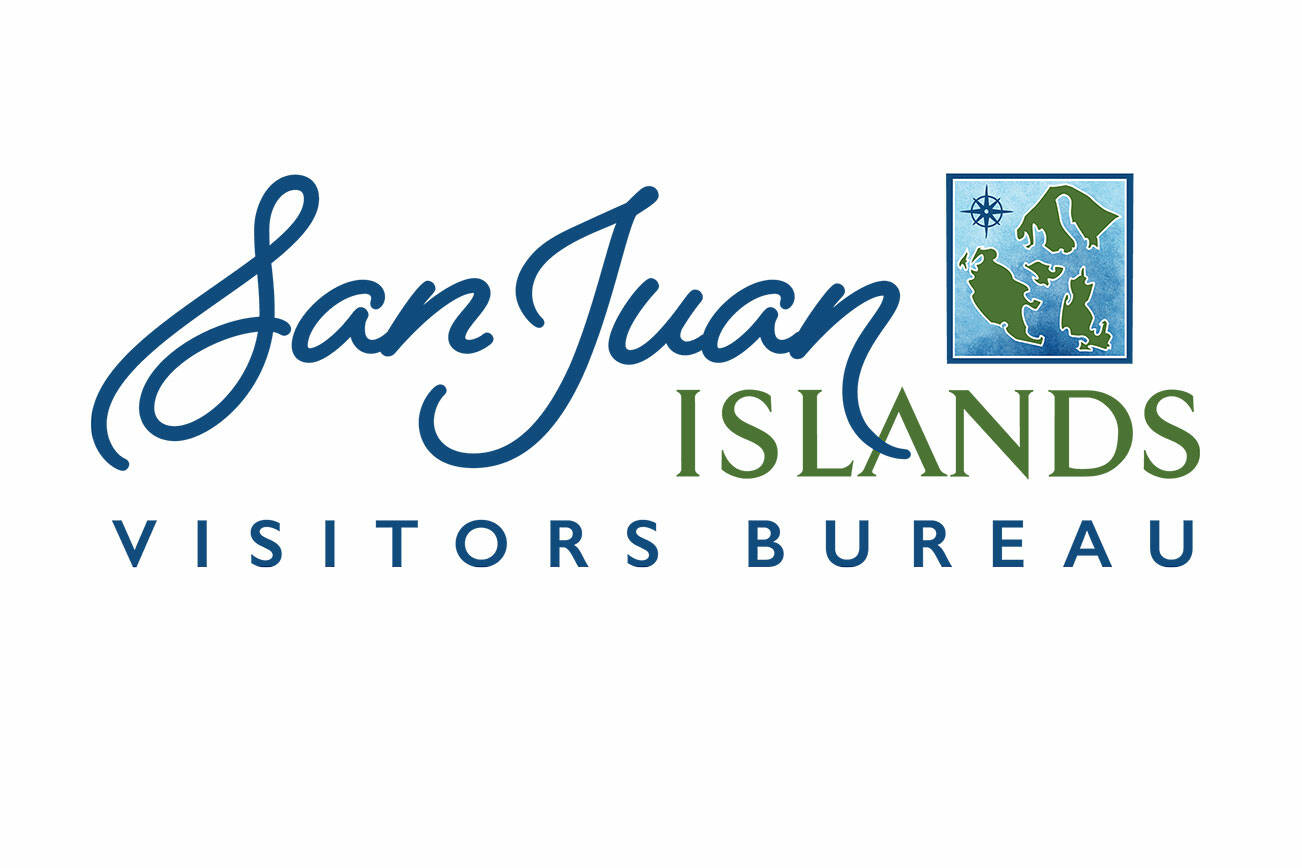For some of the world’s most beautiful places, tourism can be a double-edged sword. Often integral to the local economy, robust tourism has the potential of wreaking havoc on small communities and jeopardizing delicate ecosystems.
According to the San Juan Visitors Bureau, tourists spent $236.2 million in the San Juans in 2019 and contributed $20.6 million in state and local taxes. In fact, many businesses rely on the revenue seasonal visitors bring to the islands each year. Two years of a pandemic underscored that reliance.
As more and more people discover and vacation in the San Juan Islands, residents and those responsible for the islands’ natural beauty and sustainability have sounded a clarion call: How much is too much? Are an abundance of visitors hard on the environment? And what about all that traffic?
Recently, the San Juan Islands Visitors Bureau held a trio of virtual town halls where staff presented the Bureau’s focus for the coming tourist season and asked for community input on issues of concern.
Nearly 30 people from all three islands took the time to share their thoughts about the impact of tourism on the island and offer ideas for improvement. Attendees on Orcas Island, perhaps the most visited of the San Juans, stated they felt the island may have reached tourist capacity. Several expressed serious concern about the increasing number of automobiles making their way to the island and suggested more attention be paid to alternative means of transportation, perhaps even promoting the idea of car-free vacations. A local park ranger explained the impact an overwhelming stream of visitors to the state parks, especially Moran, can have on the land and the natural beauty people come here to enjoy, and urged more emphasis on the concepts of eco-tourism and sustainability.
On Lopez Island, much of the conversation focused on the threat too much tourism can have on the island’s delicate water issues and the need for available affordable housing for the island’s service industry. One Lopezian offered that, ideally, there would be enough tourism to support the island’s businesses, but not too much that the island disappears.
Deborah Hoskinson, Executive Director of the Saj Juan Islands Visitors Bureau, shared the attendees’ concerns about sustainability and the Bureau’s commitment to providing visitors to the islands with information on how to respect the environment. Presenting the Bureau’s latest marketing campaign, “Love it like a local,” Hoskinson reminded attendees that the Bureau works closely with the county’s Department of Environmental Stewardship and the developing Tourism Management Plan.
Kendra Smith, director of the county’s relatively new Environmental Stewardship department, attended the meetings and offered assurances that many of the concerns residents expressed are on the department’s radar.
In a follow-up conversation, Smith underscored the importance of communication and working with the community.
“Many issues raised during the recent meetings fall under the broad focus of the department. We work on transportation issues, water quality, marine life, climate, and sustainability,” she said in a follow-up conversation.
“It’s important for all of us to talk about the impact that increased numbers of visitors have on the islands’ sensitive ecosystems and examine how we get our message across. That might include suggesting visitors leave their cars in Anacortes and use alternate transportation on the island, which would mean looking at things like bike or electric vehicle rentals closer to ferry landings.
“The county’s developing Tourism Management Plan is an opportunity to understand how all the sensitive systems intersect and strategize for sustainability.
“Working to create a climate action plan will help ensure the health of the islands’ eco-system,” she added. “It’s time we move away from the heavy footprint we too often make and walk more lightly, sensitive to the incredible uniqueness of the San Juans.”
Meetings specific to the Tourism Management Plan will take place in April via San Juan County’s Environmental Stewardship department. Recordings of the Visitors Bureau’s recent zoom meetings are available on the bureau’s website, visitsanjuans.com



